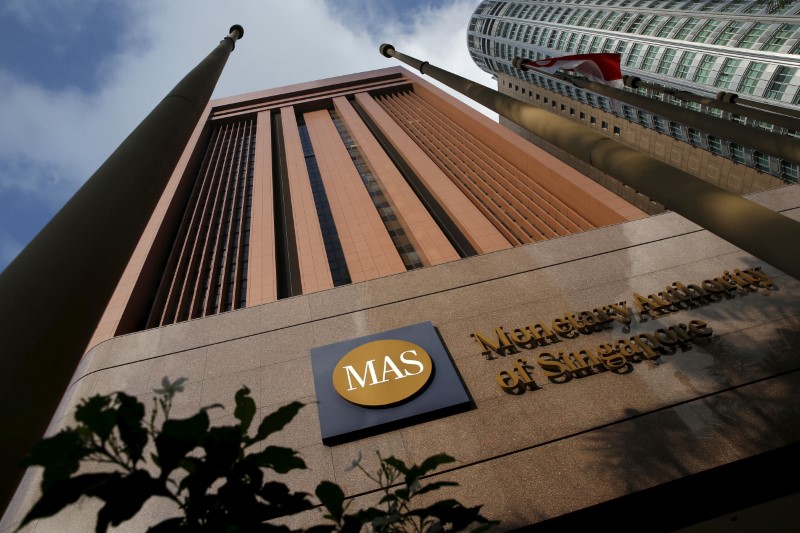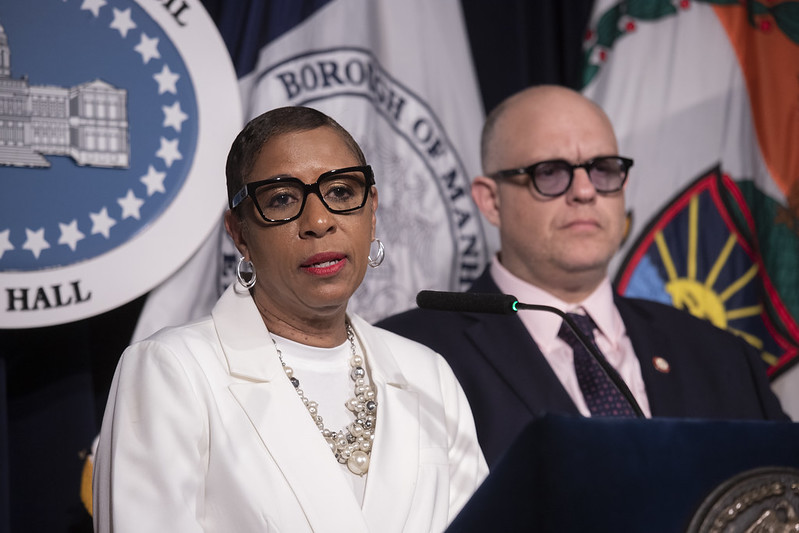By Masayuki Kitano and Aradhana Aravindan
SINGAPORE (Reuters) – Singapore’s central bank tightened monetary policy for the first time in six years on Friday, saying the city-state’s economy is expected to continue growing steadily even as it acknowledged risks from a trade spat between the United States and China.
The Monetary Authority of Singapore (MAS) said it would slightly increase the slope of the Singapore dollar’s policy band from zero percent previously, while keeping the width and mid-point of the band unchanged.
“The measured adjustment to the policy stance takes into account the uncertainty in macroeconomic outcomes presented by ongoing trade tensions. MAS will continue to closely monitor economic developments,” the central bank said.
The policy tightening was in line with expectations, and came as official data showed the city-state’s economy expanded 4.3 percent in the first quarter from a year earlier, matching market expectations and the fastest pace since a near four-year high of 5.5 percent in the third quarter of last year.
The Singapore dollar “It’s really more meant to be a pre-emptive move just to take into account that core inflation is trending a bit higher between this year and next year,” said Selena Ling, Head of Treasury Research and Strategy at OCBC. Ling said the tone of the statement sounded fairly cautious, adding that she did not think the MAS would need to tighten policy again at its next semiannual decision due in October.
The central bank added that Singapore’s economy should continue on a steady expansion path in 2018, but also pointed to potential risks from a U.S.-China trade rift.
“An escalation of the U.S.-China trade dispute remains possible, and if it occurs, will have significant consequences for global trade,” the MAS said.
The world’s two largest economies have threatened each other with tens of billions of dollars’ worth of tariffs in recent weeks, spurring worries of a full-scale trade war that could damage global growth and roil markets. Although the MAS did not give a specific figure for how much the policy band’s slope was raised, analysts estimated that the increase likely amounted to a modest annual appreciation rate of 0.5 percent. “We were surprised the MAS would tighten so soon given what is going on in the world,” said Sue Trinh, Head of Asia FX Strategy for RBC Capital Markets in Hong Kong.
“If the trade war turns nasty, the MAS may find itself quickly reversing its modest tightening stance,” Trinh said.
Even as it acknowledged the risks from global trade tensions, the MAS said Singapore’s economy is likely to remain on a steady expansion path this year, adding that GDP growth should come in slightly above the middle of the official forecast range of 1.5-3.5 percent. Core inflation should come in within the upper half of the MAS forecast range of 1-2 percent in 2018, while headline all-items inflation is projected to be in the upper half of the 0-1 percent range for the whole of 2018, the central bank added. The MAS manages monetary policy through exchange rate settings, rather than interest rates, letting the Singapore dollar rise or fall against the currencies of its main trading partners within in an undisclosed policy band. The central bank had kept the appreciation rate of the Singapore dollar’s policy band at zero percent since April 2016, in what the central bank described as a “neutral” policy stance. Twelve of 19 analysts in a Reuters survey predicted the MAS would tighten monetary policy this month by slightly increasing the appreciation rate of the Singapore dollar’s policy band from zero percent. The remaining seven analysts expected the central bank to keep its policy-settings unchanged.
(Reporting by Masayuki Kitano and Aradhana Aravindan; Additional reporting by Anshuman Daga, Fathin Ungku and Dewey Sim; Editing by Sam Holmes)



















